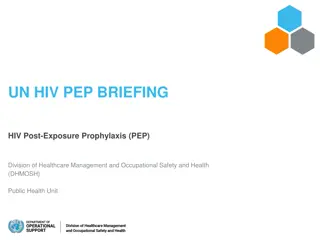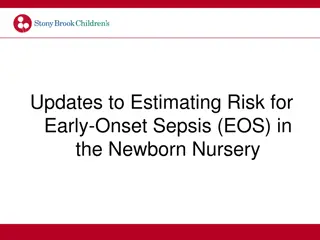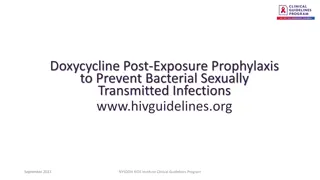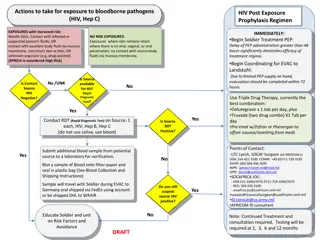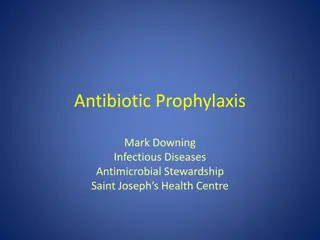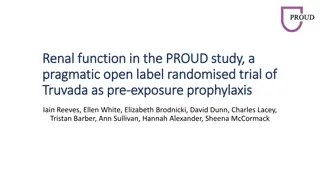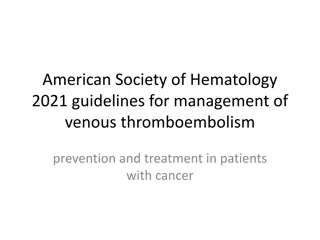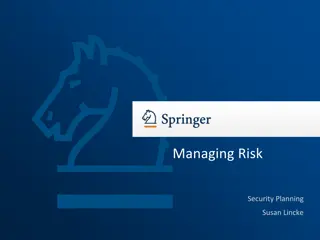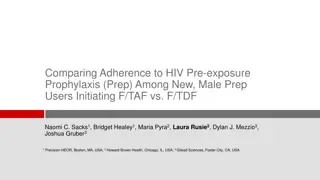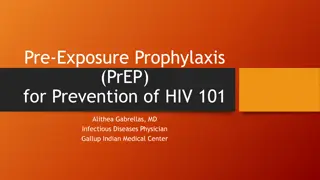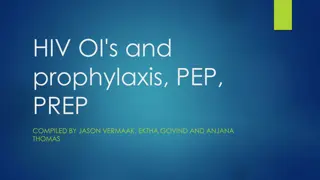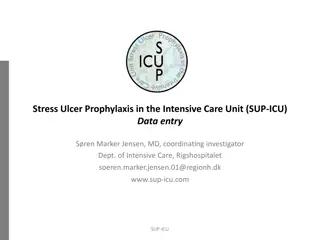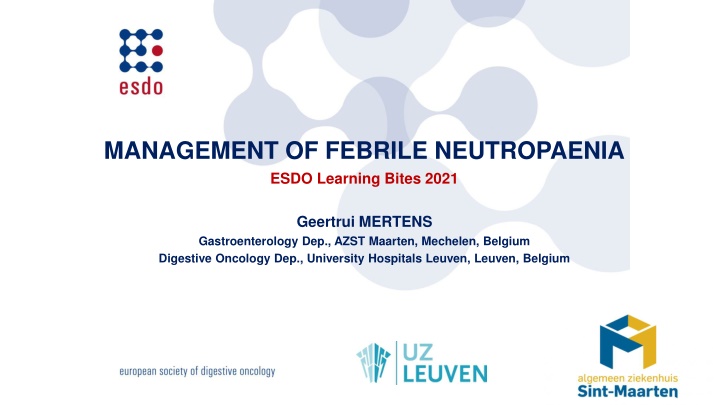
Management of Febrile Neutropaenia: Definition, Risk Factors, and Prophylaxis
Febrile neutropaenia is a serious condition with defined risk factors that impact management strategies. Learn about the primary prophylaxis options and essential take-home messages from this comprehensive guide.
Download Presentation

Please find below an Image/Link to download the presentation.
The content on the website is provided AS IS for your information and personal use only. It may not be sold, licensed, or shared on other websites without obtaining consent from the author. If you encounter any issues during the download, it is possible that the publisher has removed the file from their server.
You are allowed to download the files provided on this website for personal or commercial use, subject to the condition that they are used lawfully. All files are the property of their respective owners.
The content on the website is provided AS IS for your information and personal use only. It may not be sold, licensed, or shared on other websites without obtaining consent from the author.
E N D
Presentation Transcript
MANAGEMENT OF FEBRILE NEUTROPAENIA ESDO Learning Bites 2021 Geertrui MERTENS Gastroenterology Dep., AZST Maarten, Mechelen, Belgium Digestive Oncology Dep., University Hospitals Leuven, Leuven, Belgium
DISCLOSURES Consultant/Advisory board: None
MANAGEMENT OF FEBRILE NEUTROPAENIA: CONTENT DEFINITION RISK FACTORS PRIMARY PROPHYLAXIS MANAGEMENT TAKE HOME MESSAGES
DEFINITION Fever Neutropaenia ANC < 0,5 x 109/l ANC < 1,0 => decline to < 0,5/48h > 38,3 C > 38 C for 1 hour Febrile neutropaenia Morbidity - Mortality Standard dose ChT: ~ 6-8 days of neutropaenia Morbidity - Mortality Delays/dose reduction Hospitalisation Incidence: ~ 8/1000 ~ 20-30% morbidity ~ 10% mortality
DEFINITION RISK FACTORS Fever Neutropaenia ANC < 0,5 x 109/l ANC < 1,0 => decline to < 0,5/48h > 38,3 C > 38 C for 1 hour Febrile neutropaenia Risk factors Type of chemotherapy Age Advanced disease History of prior FN No antibiotic prophylaxis No granulocyte colony-stimulating factor Mucositis Poor performance status Cardiovascular disease Comorbidities
RISK FACTORS Fever Neutropaenia ANC < 0,5 x 109/l ANC < 1,0 => decline to < 0,5/48h > 38,3 C > 38 C for 1 hour Febrile neutropaenia MASCC score Bacteraemia ~ 18% GN ~ 5% GP Prognosis Focal site infection < 15: ~ 40% 21: ~ < 5% High risk < 21 Low risk 21
PRIMARY PROPHYLAXIS Primary prophylaxis > secondary prophylaxis Curative intent
PRIMARY PROPHYLAXIS Dose route of application G-CSF, Filgastrim: 5 g/kg/day SC Pegfilgrastim: 100 g/kg single dose SC 6mg single dose SC
MANAGEMENT OF FEBRILE NEUTROPAENIA Fever Neutropaenia ANC < 0,5 x 109/l ANC < 1,0 => decline to < 0,5/48h > 38,3 C > 38 C for 1 hour Febrile neutropaenia Medical history Type ChT Prior profylactic AB Steroid use Past + microbiology? Physical examination Routine investigations Blood testing/HC/UC/SC/SC RX chest/ultrasound Early initiation of antibiotica therapy ! < 1h of admission Assess patient stability Resuscitate as needed EDUCATE OUTPATIENTS ASSESS & RESUSCITATION MASSC SCORE
MANAGEMENT OF FEBRILE NEUTROPAENIA HD stable No acute leukaemia No evidence of organ failure No pneumonia No VC infection No soft tissue infection < 21 21 + Vancomycin + Antifungal + G-CSF: High risk patient Severe sepsis
TAKE HOME MESSAGES 1% of patients receiving ChT Morbidity 20-30% Mortality 10% Primary prophylaxis MASCC score




